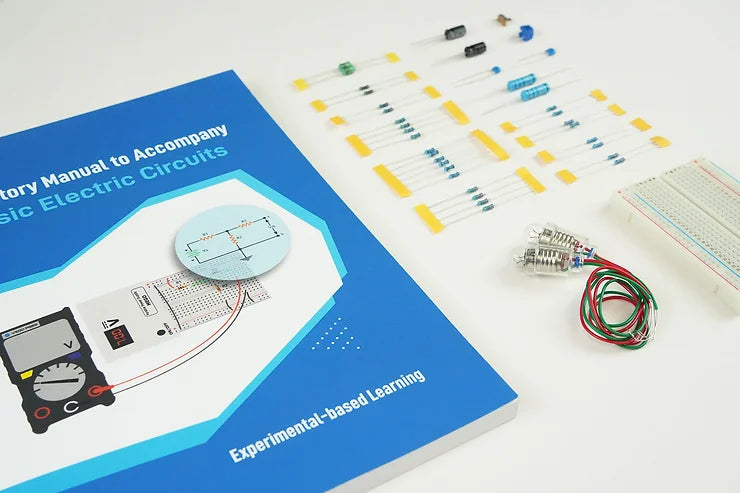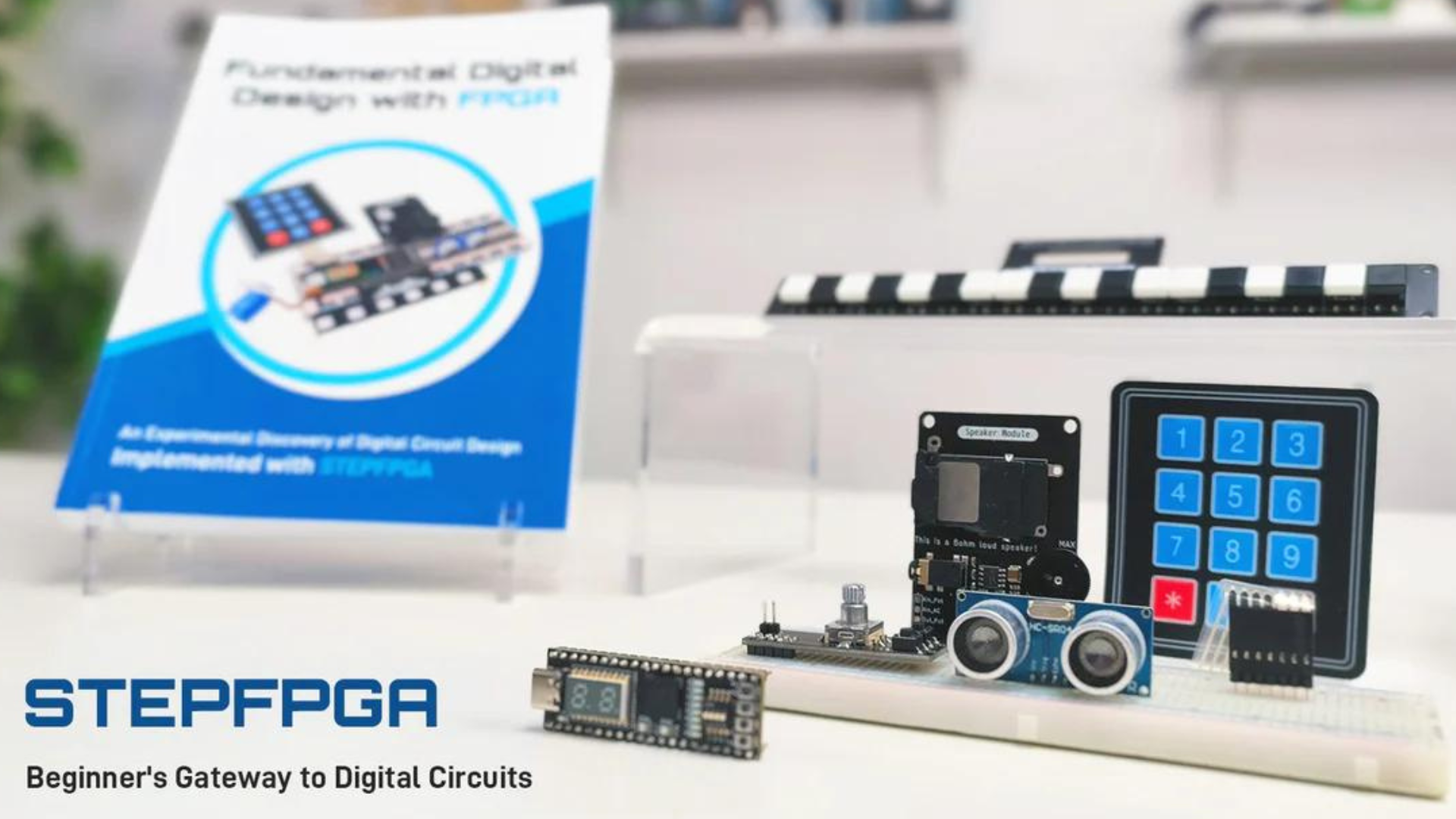Transistors, one of the most important tools in electronics, are everywhere - billions of them power the computer or smartphone you’re reading this on. One of the most important inventions of the modern era, transistors give us limitless possibilities and control in building circuits and the devices they power. Take computers - the first ones we had were enormous and operated entirely by hand. Thanks to transistors, computers became magnitudes more powerful at a fraction of the size, performing incredibly complex operations by pressing just one button.
Understanding "What is a transistor" is as useful as the device itself. This can get complicated quickly, so we’ll keep things simple as we explore what transistors do, the types of transistors, the components of transistors, how transistors work, which transistor is best to use, and why these tiny devices have revolutionized our world.
What is a transistor?
Transistors are devices with two functions: a switch that turns signals on and off and an amplifier that lets small signals control much larger ones. Switches let you control parts of a circuit, but basic switches require you to input physical force to manually operate (and be big enough to do so). It would very quickly require a lot of materials, effort, time, and space to build and operate machines with enough switches for complex operations. Transistors allow you to switch circuits on and off automatically, remotely, and with electrical inputs, letting us build them efficiently at microscopic sizes.
Since the transistor controls more electrical signals than it takes to turn on, small signals to a transistor control large ones coming out. This is what we mean when we say it’s an amplifier. Sound amplifiers like microphones, take the volume of your voice and make it a lot louder. Transistors do the same thing, just with electrical signals. How many times larger the signal being controlled is than the signal controlling it is called the transistor’s gain.
Parts of a transistor
Transistors often look a bit like a pitchfork, with three prongs known as leads coming out of a main body. Each lead is a conductor that lets you easily connect the wires of your circuit to a particular terminal inside that body, each with its specific function. On individual transistors you get for your projects, the body will also generally have the transistor’s product number, which will help you find the important information on using that transistor, such as which lead is which, how much current can be supported, etc.
Types of transistors
There are different types of transistors, but the main ones we’ll discuss are BJTs (Bipolar-Junction Transistors) and MOSFETs (Metal-Oxide Field-Effect Transistors). Don’t worry, you don’t need to bother with all those big words just yet. These work differently and therefore have different applications that we’ll explore in detail in a moment. In BJTs, the terminals are called the emitter, collector, and in between, base. In MOSFETs, we call them the source, drain, and in between, gate.
How do transistors work?
There’s pretty complicated physics at play in transistors, so today we’ve boiled down the principles to basics. Remember that atoms want to have complete sets of electrons and how many more or less than a complete set an atom has gives it unique properties. Semiconductors’ specific numbers of electrons allow them to go between conducting and insulating electricity depending on the circumstance. When atoms of a semiconductor like silicon are next to each other, they share electrons to help each other get that perfect amount (you may recall the idea of covalent bonds from chemistry class).
We can throw this sharing off by adding a bit of a different material. If we add one with fewer electrons, there won’t be enough to share evenly, so the semiconductor will want to take in more. If we add materials with more electrons, suddenly there will be “too many” electrons and it will want to give electrons away.
Transistor terminals are layers of semiconductors with too many electrons next to layers with too few, letting some flow from the former to the latter. But after electrons cross over, they’ve now built up at the entrance of the other terminal. Since electrons repel each other, this buildup blocks more from coming in. Transistors use various methods to bypass this barrier and let electrons flow through.
The first type, the BJT, uses a small current drawn to the base. If this current is large enough to overcome the barrier (around 0.6 - 0.9 milliamps in most silicon transistors), the barrier is pushed past and electrons flow through. This allows a small current to control currents up to or over 100x larger.
The other type, MOSFET, instead has that “gate”, separated from the body by an insulator. The insulator blocks current (an important detail we’ll discuss later) even when connected to a power supply via a control circuit. But like a capacitor, opposite charges build up at either side of the insulator, in the gate and the body, which creates voltage. That charge built up in the body is designed to match the source and drain terminals, creating a bridge between them that allows current through. In a sense, BJTs use current to lower barriers, while MOSFET uses voltage to build a bridge over them.

BJT vs MOSFET
So BJTs and MOSFETs use different mechanisms, but which is better? Both are used in different circumstances, but the properties of MOSFETs help explain why they’re the world’s most common transistor. Understanding the differences will help you decide which you need for your circuits.
BJTs are cheap and have a high power gain, but they have limitations that MOSFETs don’t. BJTs use current. Even if it’s small compared to the current it controls, it’s still drawn away from the rest of the circuit. MOSFET just uses voltage, and the insulator blocks current flow. This lets it leave as much current as possible for the main load. MOSFETs can also be made smaller than BJTs. If you’re putting billions of transistors on a chip the size of your fingernail, you’ll want each one to be as small and pull away as little current as possible.
So in complex machinery and high power situations, MOSFETs are the way to go. A BJT is often a perfectly good, cheaper option for handling smaller currents and simpler circuits, such as basic hobby tinkering.
How Transistors Took Over the World
The transistor has a rich history and holds immense significance in modern technology. Invented in the late 1940s at Bell Labs by John Bardeen, Walter Brattain, and William Shockley, the transistor marked a revolutionary shift in electronics. It replaced bulky and power-hungry vacuum tubes, making electronics drastically smaller, more efficient, and more reliable.
The first MOSFET was made in 1959, those properties quickly made them the dominant option, minimizing concerns about size, material cost, and circuit overload. Over time the design has been refined to make MOSFETs and similar transistors incredibly small, letting us pack more into computers to give previously unimaginable processing power and speed. The basic principle of the field-effect transistor was first patented by Julius Edgar Lilienfeld in 1925 ( https://en.wikipedia.org/wiki/MOSFET)
Today, transistors can be created on the scale of nanometers, ten million times smaller than a centimeter! The famous Moore’s Law observes that since 1975, the amount of transistors on a semiconductor chip doubles every two years. As we approach the theoretical minimum size for transistors, this rate has probably already started to slow, but only after decades of improvements brought us near the furthest limits of what’s possible. The science is still ongoing, rewarding the world with more and more powerful, fast, and accessible devices. Your electronics journey can introduce you to a fast-paced world of incredibly exciting innovation!
How to learn about transistors?
Understanding the basic operating principles of transistors can hopefully give you an intuitive sense of what’s going on in these powerful devices that are everywhere around you. But there’s a lot more to know in terms of how to build these circuits. It can be daunting, seemingly full of calculations and foreign concepts like bias, thermal runaway, or saturation. We try to boil these concepts down to essential, digestible information in our other posts, but the best understanding comes from playing around with them in real circuits.
You can do just that with our guide to Basic Electrical Circuits that coaches you through using transistors in simple circuits, which makes it easy to understand what is transistor and how does a transistor work. The DIY learning kit Green Electricity Learning Kit has a dedicated project on building transistor circuits to operate a green-energy powered Ferris wheel.
































